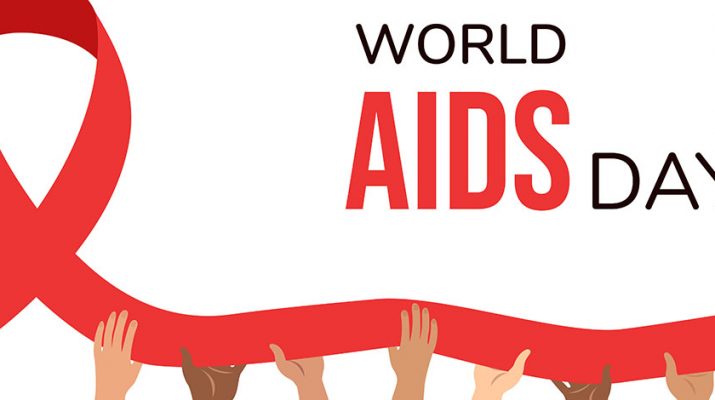A diagnosis of HIV is no longer a veritable death sentence
By Deborah Jeanne Sergeant
A diagnosis of HIV has transitioned from a veritable death sentence in the 1980s to an infection that is manageable with regular care in current times.
“HIV has changed quite a bit in the last 30 to 40 years,” said Seth Glasman, an internist with UBMD. “Someone with a diagnosis in 2021 we’re anticipating their life expectancy to be like that of someone who’s uninfected. At the beginning, we’d see people die because of lack of access to medication and the risk of secondary infection. Now we see cancer, stroke and heart attack which is of higher prevalence among people with HIV. Even when people have HIV under very good control, there’s a degree of chronic inflammation. Any chronic inflammatory state will make things like cancer at much higher risk.”
Regular medical care can help mitigate that effect and also keep their HIV stable, along with ensuring patients at risk for basic needs like food and shelter have these needs met.
The first drug developed to increase longevity in HIV patients was AZT, which was introduced six years into the epidemic. By the mid-90s, a “drug cocktail” of three medications became the standard protocol. That’s when providers began to see real change. They could also measure the viral load to test how effective the drugs were in individual patients. This strategy began to turn the tide of the war on HIV.
Today, newly diagnosed HIV patients can expect to live close to if not a completely live a normal lifespan. However, that relies up on seeking treatment early and remaining consistent in managing their health, both relating to HIV and their general health.
“I finished my fellowship in 2013,” Glasman said. “Many of the people I learned from, who were around during the ‘80s and ‘90s, would then think that colon cancer screenings were not as important because the patients wouldn’t be around.”
HIV patients whose infections are well-managed and who have an undetectable viral load cannot transmit HIV sexually. In addition, prescribing pre-exposure prophylaxis (PrEP) prevents patients from contracting HIV sexually. Glasman said that has helped people at risk reduce their chances of infection.
In recent years, injectable drugs have been introduced to free patients from having to remember to take a daily pill. Every one to two months, a healthcare provider administers the injection. That can help people who struggle to not miss a dose. Another new option, still being studied, is an implant that could last for as long as a year, similar to Norplant contraceptive.
Registered nurse Mary Goodspeed, president of AIDS Network of WNY in Buffalo, has worked in HIV care for 28 years.
“When I first started, there weren’t a lot of medications,” she said. “In the late ‘90s, people were taking 30 to 40 pills a day, which had a lot of side effects, many of which were GI-related. People didn’t want to take them.”
Improved medication has helped increase patient compliance. A greater variety of drugs, now numbering around 40, has also helped care providers and patients find the right combination.
Developing longer-lasting, injectable medication to fight HIV is not only for patient’s convenience but also because of the nature of the virus. The virus mutates and the supply of numerous different drugs can provide more tools for combating HIV.
She said that making HIV testing a routine part of health maintenance has been on the agenda of New York State healthcare providers. Although HIV is spread through sexual contact or shared needles involving someone with an infection, Goodspeed views HIV testing as a part of sexual healthcare.
“The posters and brochures have HIV testing with the lipid panel, glucose, etcetera to normalize the test,” she said. “In my experience, a lot of people who think they’re in a monogamous relationship aren’t. Knowing your HIV status is as important as knowing your blood pressure.”
Dec. 1 is World AIDS Day, which aims to raise awareness, reduce stigma, and promote understanding of HIV and AIDS.

